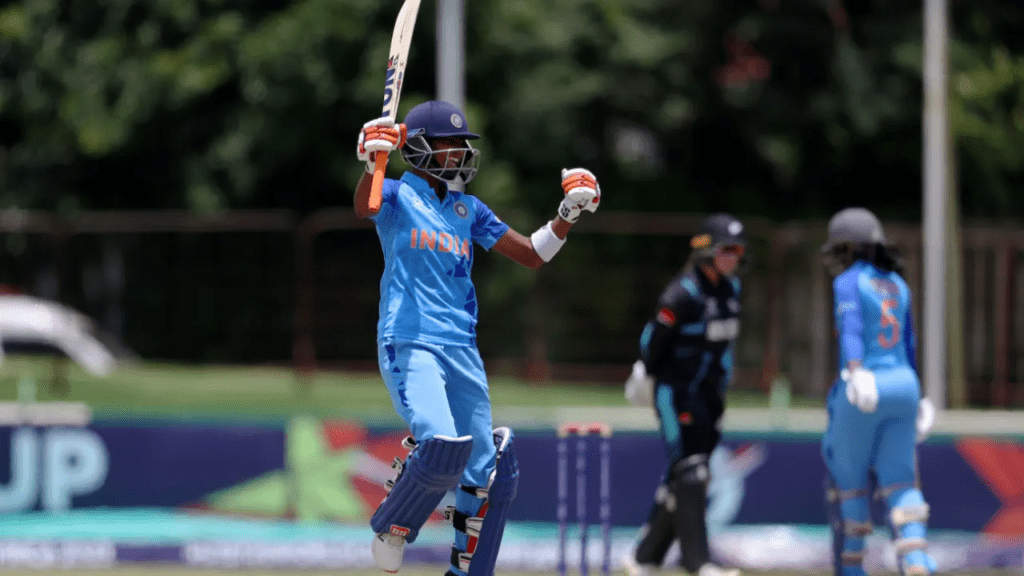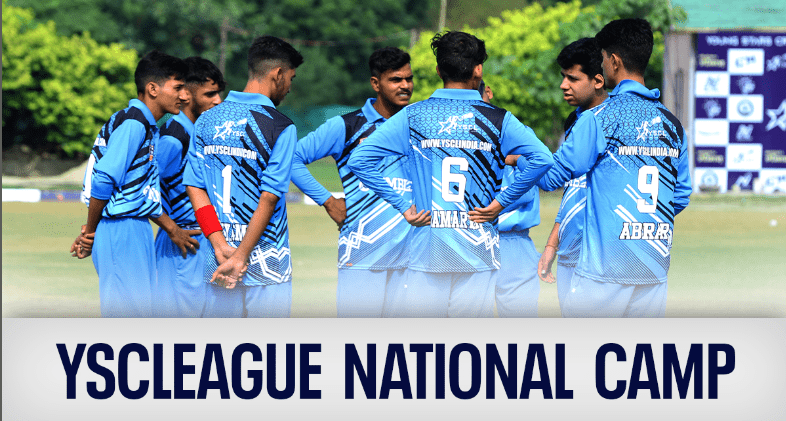India’s top run-scorer, England’s outstanding captain, and a power-hitter from Bangladesh are among the rising stars from the tournament in South Africa

Shweta Sehrawat (India)
297 runs, 99 average, 139.43 strike rate
Sehrawat topped the run charts with 297 runs in seven innings, including four not outs. She had been in red-hot form heading into the tournament – she was the top-scorer in India’s Under-19 Women’s Challenger Trophy as well as the Under-19 Women’s Quadrangular series that featured Sri Lanka, West Indies and two India sides. At the World Cup, her adaptability and range of shots was impressive. Sehrawat largely opened the batting in the tournament and out-performed her partner Shafali Verma; but against Scotland, she was sent in at No. 6 and scored an unbeaten 31 off just 10 balls. There’s intense competition among batters in India’s senior squad, but Sehrawat is certainly one to watch in the future.
Shorna Akter (Bangladesh)
153 runs, 51 average,157.73 strike rate
Shorna’s impact for Bangladesh goes well beyond numbers, which by themselves were excellent. She scored 153 runs in five innings, averaging 51 at a strike rate of 157.73. She was one of the few proper power-hitters in the tournament and went on to contribute in every game. Hitting six sixes (joint second), including one that went all the way into the stands in Benoni, she set the standard of power-hitting in the opening game when Bangladesh stunned Australia. Shorna followed that up with an unbeaten 28-ball 50 in the next game against Sri Lanka, an innings that proved to be the difference in a close contest which ensured Bangladesh topped their group. She can bat anywhere in the top six, bowl some handy legspin, and is excellent in the field. Bangladesh have already included her in their senior squad for the upcoming Women’s T20 World Cup, and it shouldn’t come as a surprise if they start with Shorna in their opening game against Sri Lanka on February 12.
Dewmi Vihanga (Sri Lanka)
9 wickets, 12.88 average, 5.80 economy
Sri Lanka’s leading wicket-taker, Vihanga seems like someone made for the big stage. Deceptive with variations and deadly accurate, she works batters out quickly, picking up Shafali Verma and Richa Ghosh in the space of two balls in the Super Six game against India. She bowls in the powerplay and at the death, and in addition to her nine wickets at an average of 12.88, she also chipped in with 113 runs which included a half-century against a strong Bangladesh bowling attack.

Milly Illingworth (Australia)
4 wickets, 5.06 economy
Maggie Clark was the tournament’s leading wicket-taker with 12 wickets. Three other Australia bowlers ended up with more wickets than Illingworth, who bagged just four. But no one asked the kind of questions of batters that Illingworth did, because no one had the pace. Inspired by Shaun Tait and Lasith Malinga, Illingworth was, by some distance, the fastest bowler in the tournament. Two out of those four wickets came against India, in the only game the eventual champions lost in the tournament, and Illingworth was named Player of the Match. She hurried Shafali into mis-timing one to cover, and in the semi-final against England, she had Liberty Heap caught off an outside edge that flew to deep third, the only time a wicket fell in that fashion in the tournament. Her team wasn’t quite sure when to bowl her, and the powers that come with raw pace will need to be properly harnessed, but as India’s Umran Malik has shown, you can always learn on the job.



